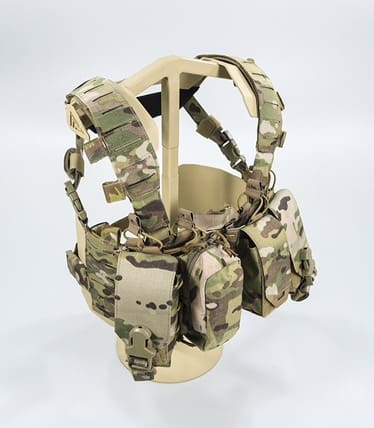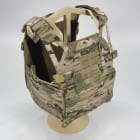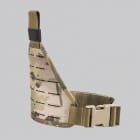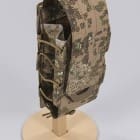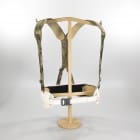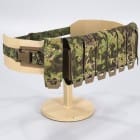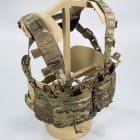Warrior East 2016 is next week, here in Virginia Beach. One of the biggest draws this year will be Warrior East’s expanded Experience Your Mission Interactive Exhibit. There, you’ll get hand-on with items from some of the show’s over 325 vendors.
Displays include:
•Indoor Shoot House
•Dark Room Night Vision Lab
•DuPont Thermo-Man
•Experience Your Mission FOB
•Cool Down with ADS
![WO FOB angle 2[1]](https://soldiersystems.net/wp-content/uploads/2016/07/WO-FOB-angle-21-440x215.jpg)
Indoor Shoot House
Visit the Indoor Shoot House for hands-on, indoor target practice with Ultimate Training Munition’s (UTM) simunition man marker rounds. Whether you are active military, law enforcement, an armorer or a weapon safety officer, you’ll enjoy utilizing UTM’s conversion kits and bolt assembly groups on Sig Sauer and Daniel Defense weapon platforms. Experience full weapon function with regards to recoil and realistic / consistent cyclic rates in a safe, gun smoke-free environment. The UTM Simple Bolt Carrier Group exchange technology is engineered around safety and reliability, and eliminates the need for a gun range to conduct training and an armorer to conduct gunsmithing operations of a weapon.
UTM’s cutting-edge non-lethal training equipment and shoot house barrier systems allow for versatile and cost-effective training in any environment. Whether you require training for a company or a platoon-sized element, shooting lanes or a small shoot house, these barriers can be used anywhere to provide a conductive training environment.
Stop by the Shoot House to see the latest technology from exhibitors such as: Targabot, Daniel Defense, Hesco, Trijicon, Sig Sauer, L-3 EOTech and UTM.
![WO FOB angle 1[2][1]](https://soldiersystems.net/wp-content/uploads/2016/07/WO-FOB-angle-121-440x177.jpg)
Dark Room Night Vision Lab
The Night Vision Lab is a 20 x 20 ft. dark room intended where Exhibitors can demonstrate their products’ night vision and thermal energy capabilities one-on-one with attendees. Entry is permissible by appointment only – speak with participating exhibitors for more details.
DuPont Thermo-Man®
Wired with a hundred and twenty-two thermal sensors and capable of being blasted at temperatures higher than 2,000 degrees Fahrenheit, DuPont™ Thermo-Man® is the world’s most advanced life-size thermal burn injury evaluation system. It’s a critical tool in developing flame-resistant fabrics for the toughest military challenges.
![CSE FOB angle view[2][3]](https://soldiersystems.net/wp-content/uploads/2016/07/CSE-FOB-angle-view23-440x239.jpg)
Experience Your Mission FOB
They’ve created the ultimate forward operating base (FOB) simulated environment providing the unique opportunity to interact with medical, tactical, and security components, products and solutions all in one place. This FOB contains demos and exhibits ranging from medical shelters and medevac training, motor pool and maintenance hangers, entry point and parameter security – everything you need to ‘Experience Your Mission.’
Experience Your Mission Highlights:
• Visit the HDT Command Center for a realistic simulation of a forward operating base command station. On display will be a state-of-the-art LED at panel display, projection-based display systems, digital and analog video distribution systems and public address and audio distribution systems.
• Located outside of the HDT motor pool, check out the NOMAD Tactical Command Vehicle, where you can climb inside a mobile command center and see all the bells and whistles of a fully customizable on-the-move communication workstation. It also features live stream video cameras that can extend and rotate high above the vehicle, a fold out conference table, loud speaker, 17,000lb towing capacity and much more.
• Experience Your Mission FOB is surrounded by HESCO barriers that when earth-filled creates the ultimate live firing range. Whether the footprint requires Precision Rifle Range, Pistol Range, or a Tactical Training Facility, there is no limit to the length of structures that can be created when using HESCO earth-filled barriers. With decades of live ring and simulation training experience the HESCO Technical Support Team can assist with the design of the ultimate shooting range in a wide range of configurations from a 15 x 15 ft. room to a maze-like formation with elevated watch towers.
• Check out the HH-60 Casevac Training Simulator. It’s a mobile trailer that provides helicopter extrication training in a warfare theater replica environment that shakes, produces fake smoke and creates realistic helicopter noise.
• Located next to the HH-60 is a simulation Triage Area with a trauma mannequin patient that you can drag, drop, carry and treat through all phases of Tactical Combat Casualty Care. While you’re there walk through the Mobile Role II Hospital, a conceptual mobile surgical suite that that can be staged on a CH-47 or a C-130.
• Stop by the Special Missions section of Experience Your Mission to see a custom designed Explosive Ordinance Disposal (EOD) dive & Combat Rubber Raiding Craft (CRRC) trailer from Float-On Trailer. This unit can hold your 4.7M Wing Inflatables CRRC, outboard engines on a forward rack, and features an enclosed section for storage of additional items such as a breathing air compressor, SCUBA gear, dry suits, and more.
• Improvised Electronics specializes in replicating Improvised Explosive Devices (IED’s) found on today’s battlefield. By fusing current threat replicas with state-of-the-art communications and control systems and then integrating them with world class battlefield effects, their products provide full-solution realistic training devices to support the continuum of operations across the spectrum of world conflicts. Visit their section in Special Missions to learn more about their training aids, blast and automatic weapons simulators.
• Progress Solar will be displaying their solar powered water purification system. This trailer based tool can provide fresh, potable water down range. The system itself can be used in disaster relief operations without putting a strain on the logistics supply chain for fuel.
• Last but not least, stop by Endeavor Robotics and operate an all-terrain man-transportable ground robot. Test your skills by manipulating the arm to grab an ADS prize!
Cool Down with ADS
Attend the ADS Customer Forum & receive a free ADS Nalgene*! Drink lots of water and stop by the ice cream and slushy stations to cool down!
•Ice Cream – Visit the DuPont outdoor exhibit where Ice cream will be provided as you watch the DuPont™ Thermo-Man® reach temperatures upwards of 2,000 degrees Fahrenheit!
•Solar Powered Slushies- Stop in front of the Virginia Beach Convention Center and watch a solar power generator produce enough energy to run a slushy machine!
•Nalgene Bottle – Attend ADS Connects Customer Feedback Forum to be a part of the new ADS Connects Customer Portal. As we begin to build out this amazing new platform, nothing is more valuable to us than your input and suggestions. Receive a FREE 32 oz. Nalgene water bottle in exchange for your feedback.
*While supplies last.
For additional information and to register, visit adsinc.com/warrior-expo.


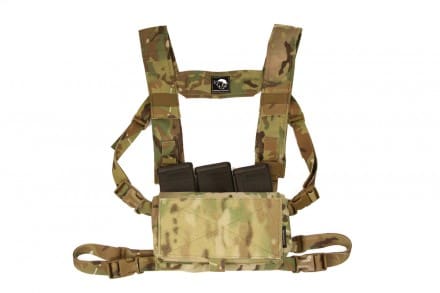
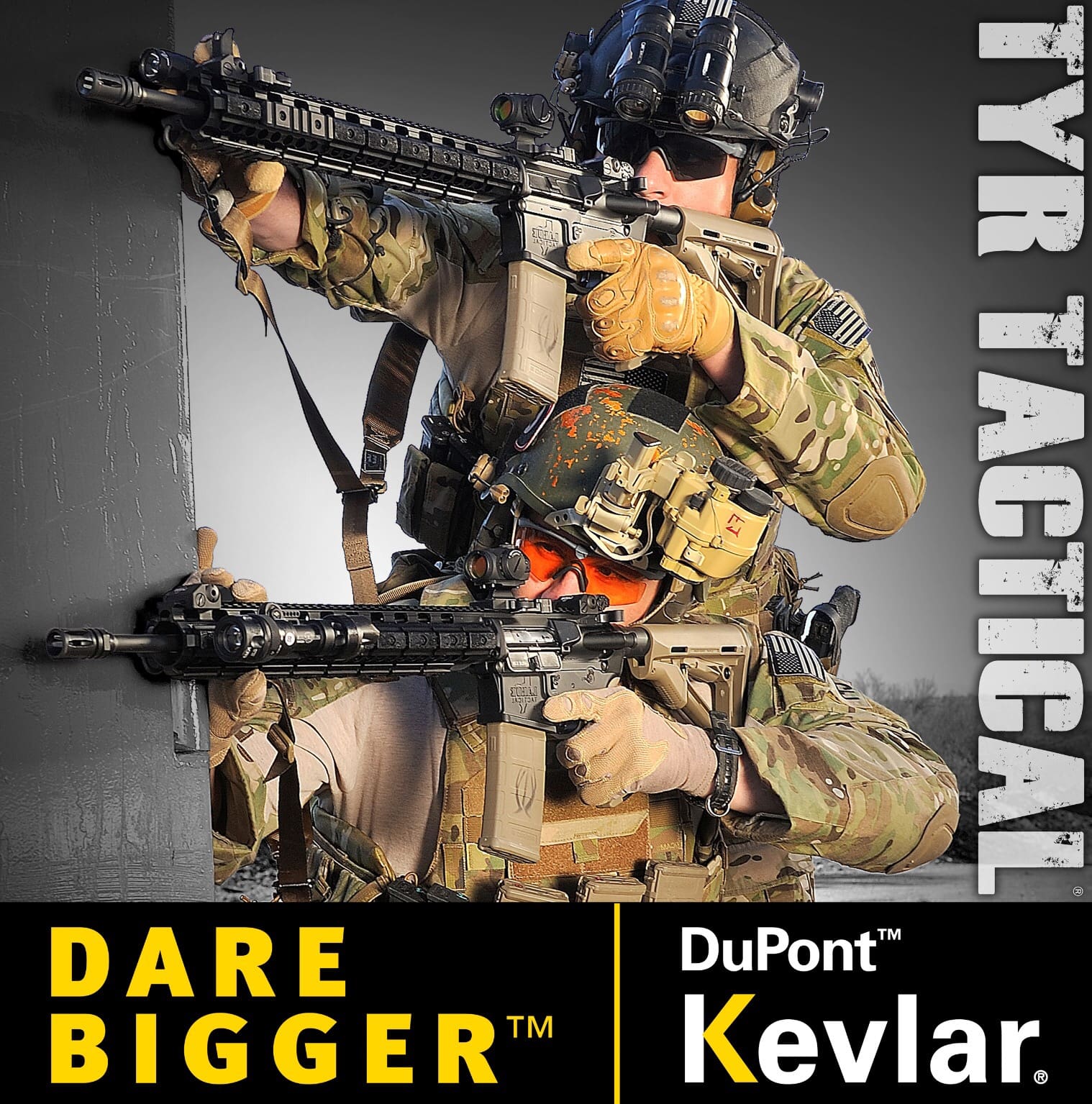
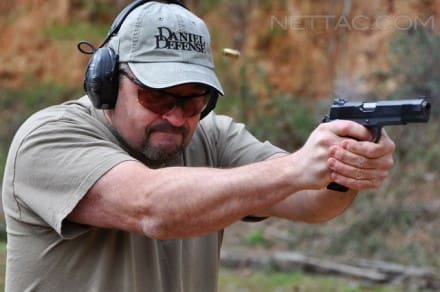

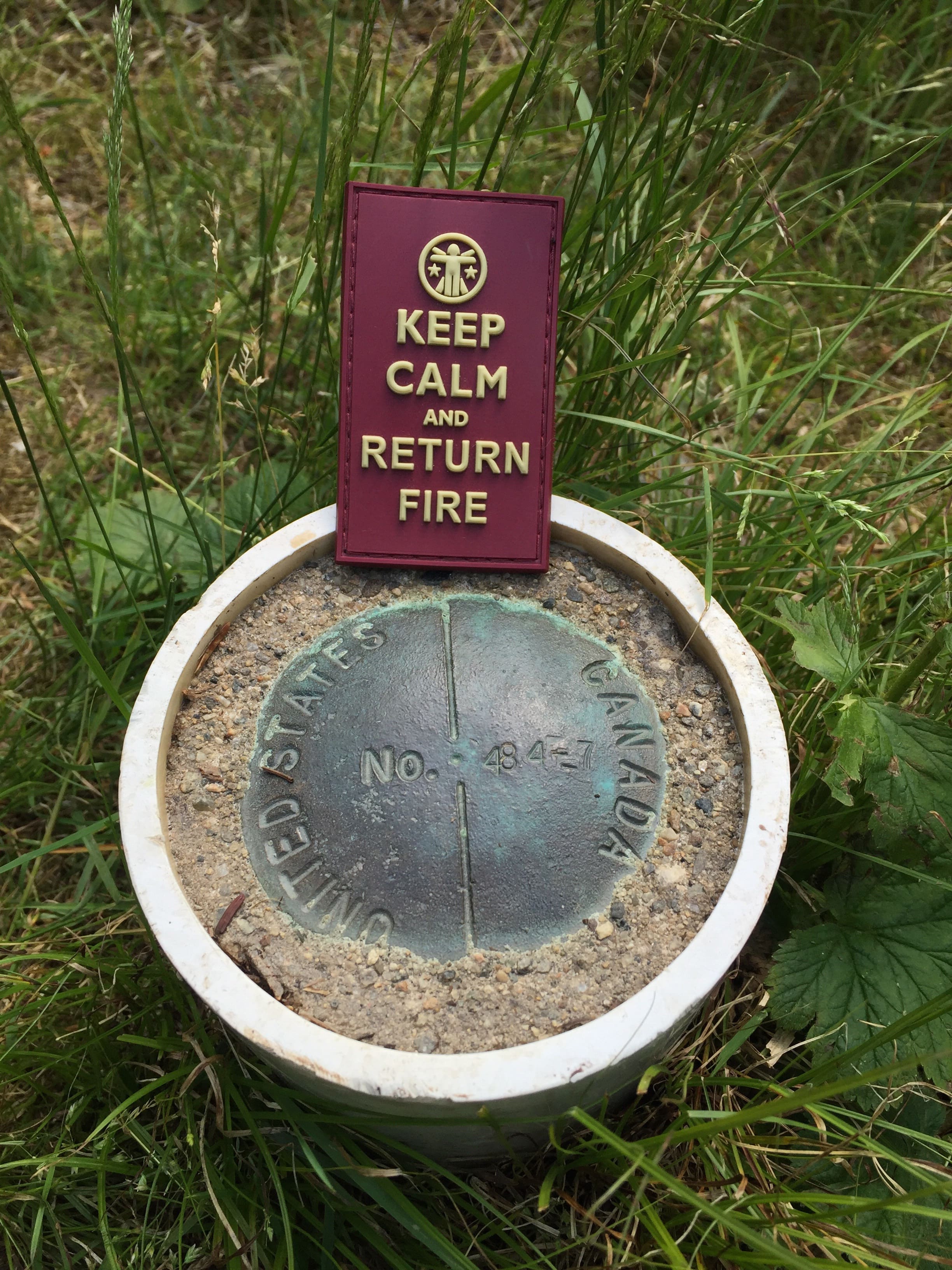
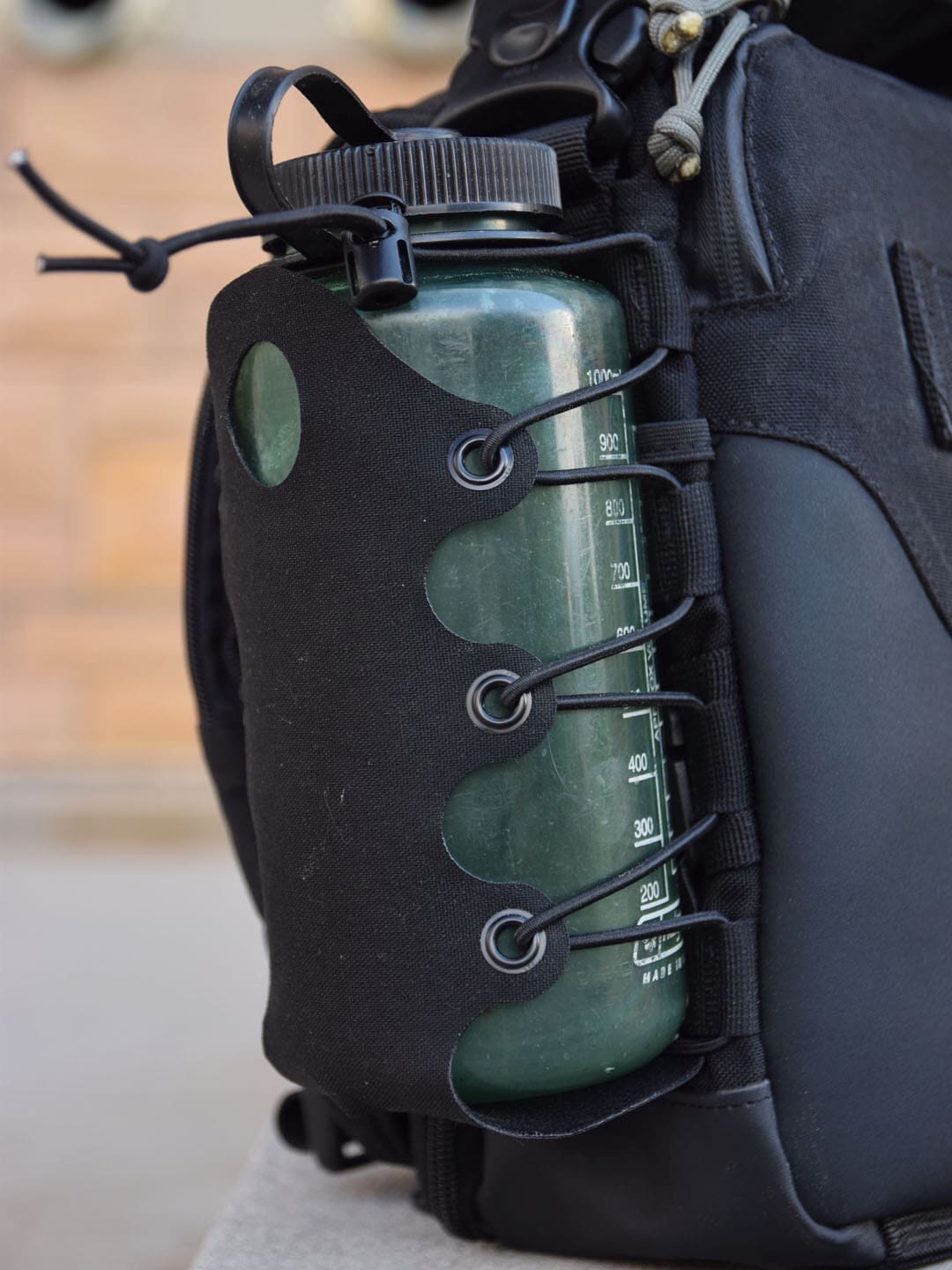
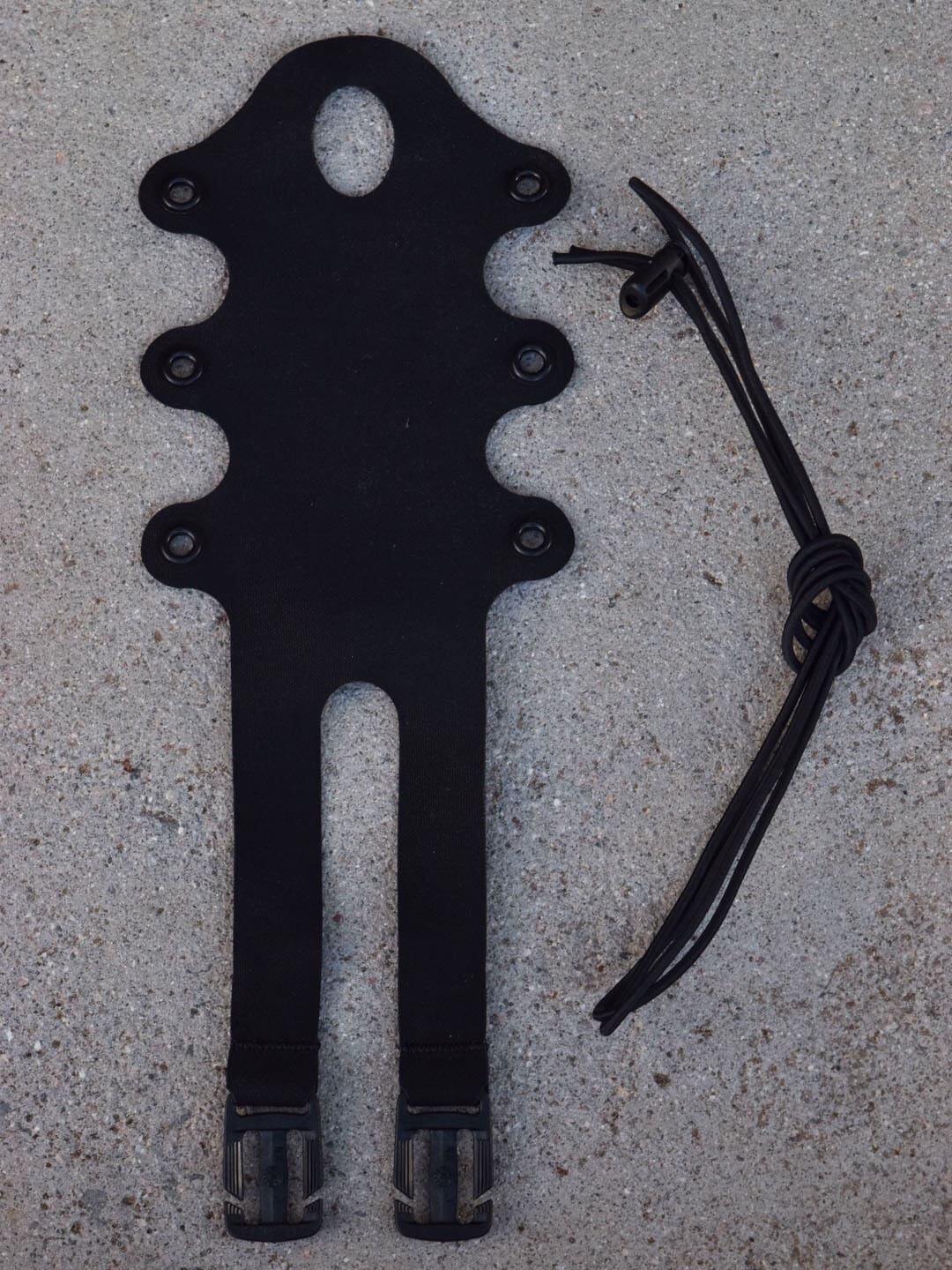
![WO FOB angle 2[1]](https://soldiersystems.net/wp-content/uploads/2016/07/WO-FOB-angle-21-440x215.jpg)
![WO FOB angle 1[2][1]](https://soldiersystems.net/wp-content/uploads/2016/07/WO-FOB-angle-121-440x177.jpg)
![CSE FOB angle view[2][3]](https://soldiersystems.net/wp-content/uploads/2016/07/CSE-FOB-angle-view23-440x239.jpg)
